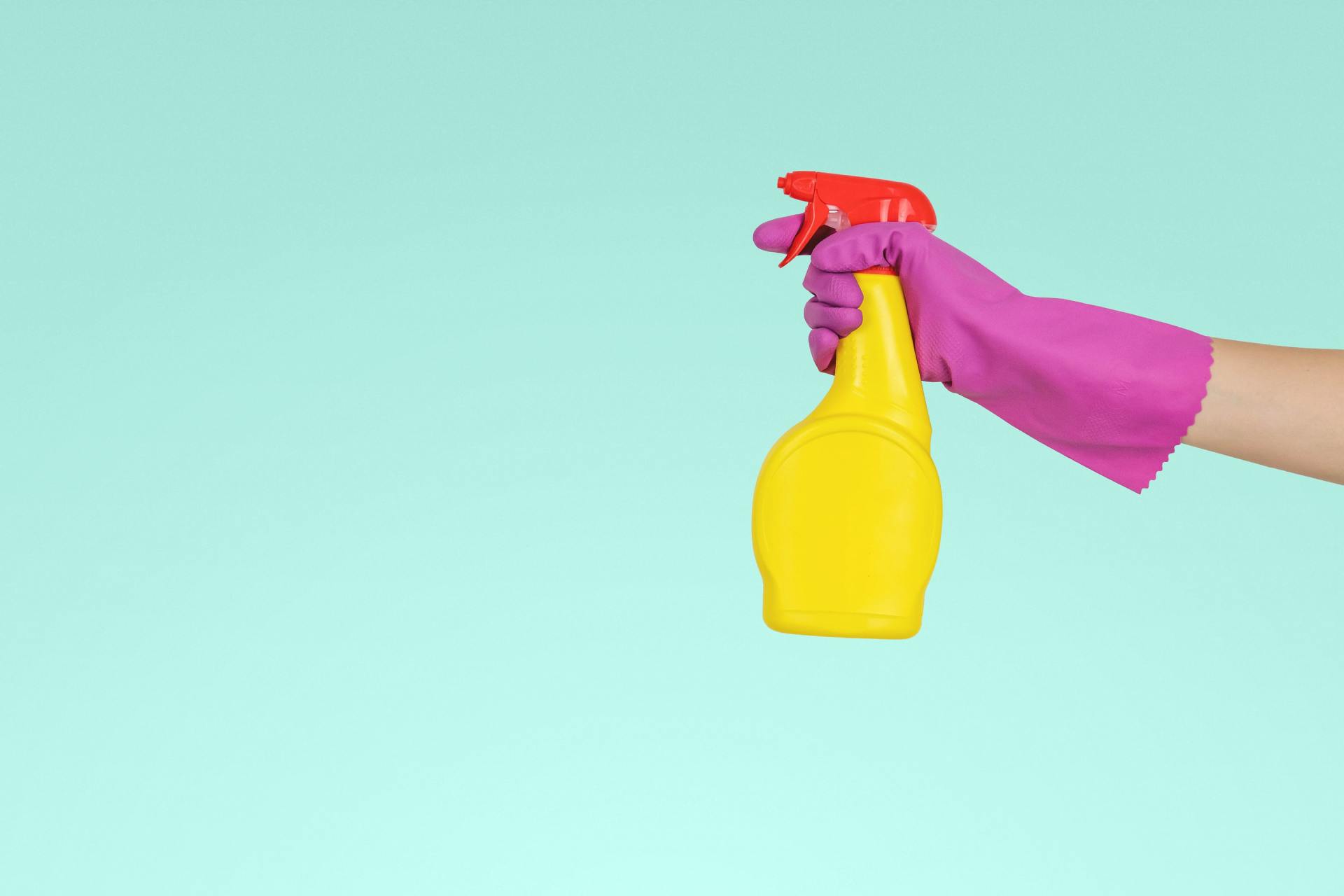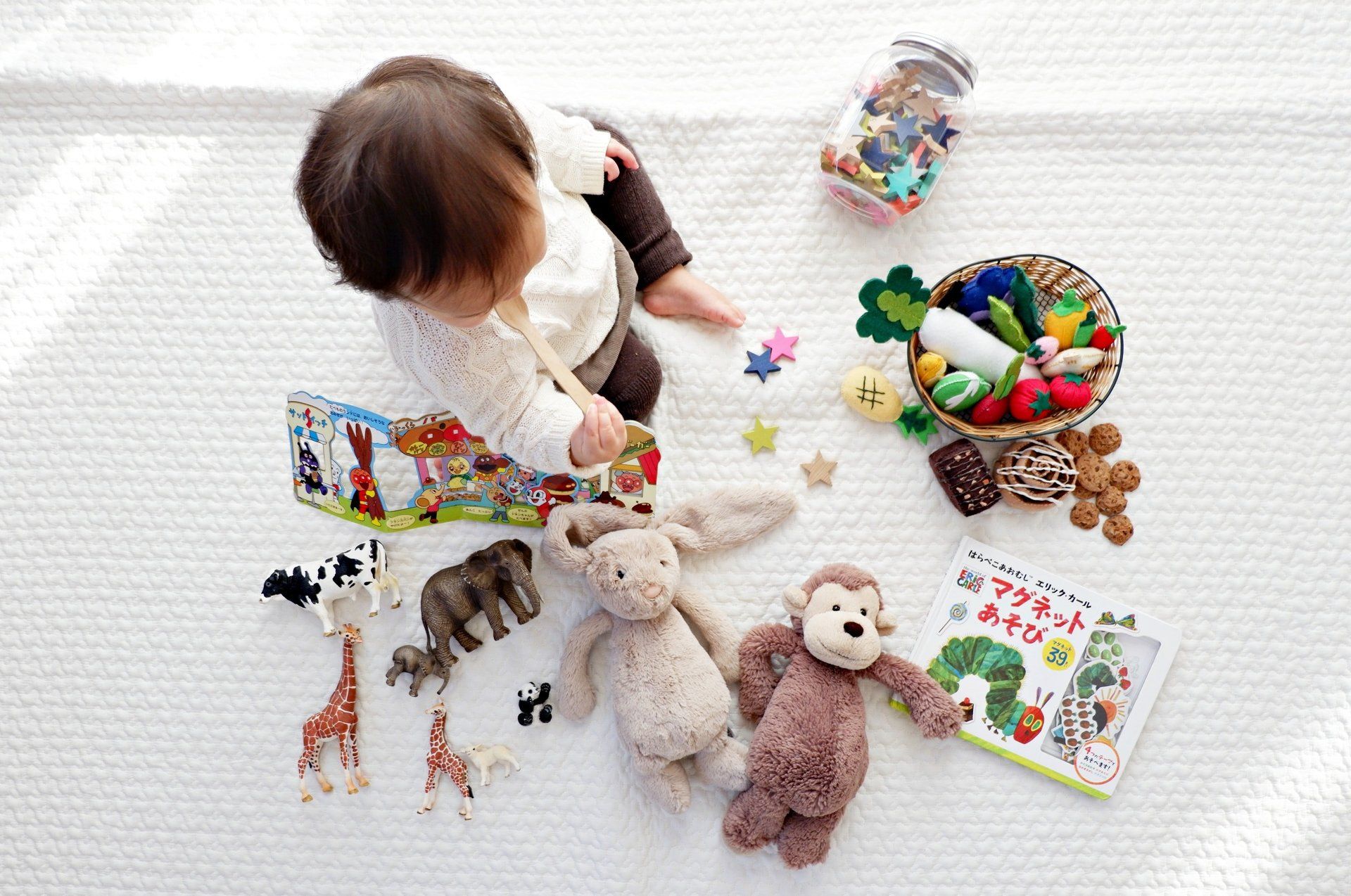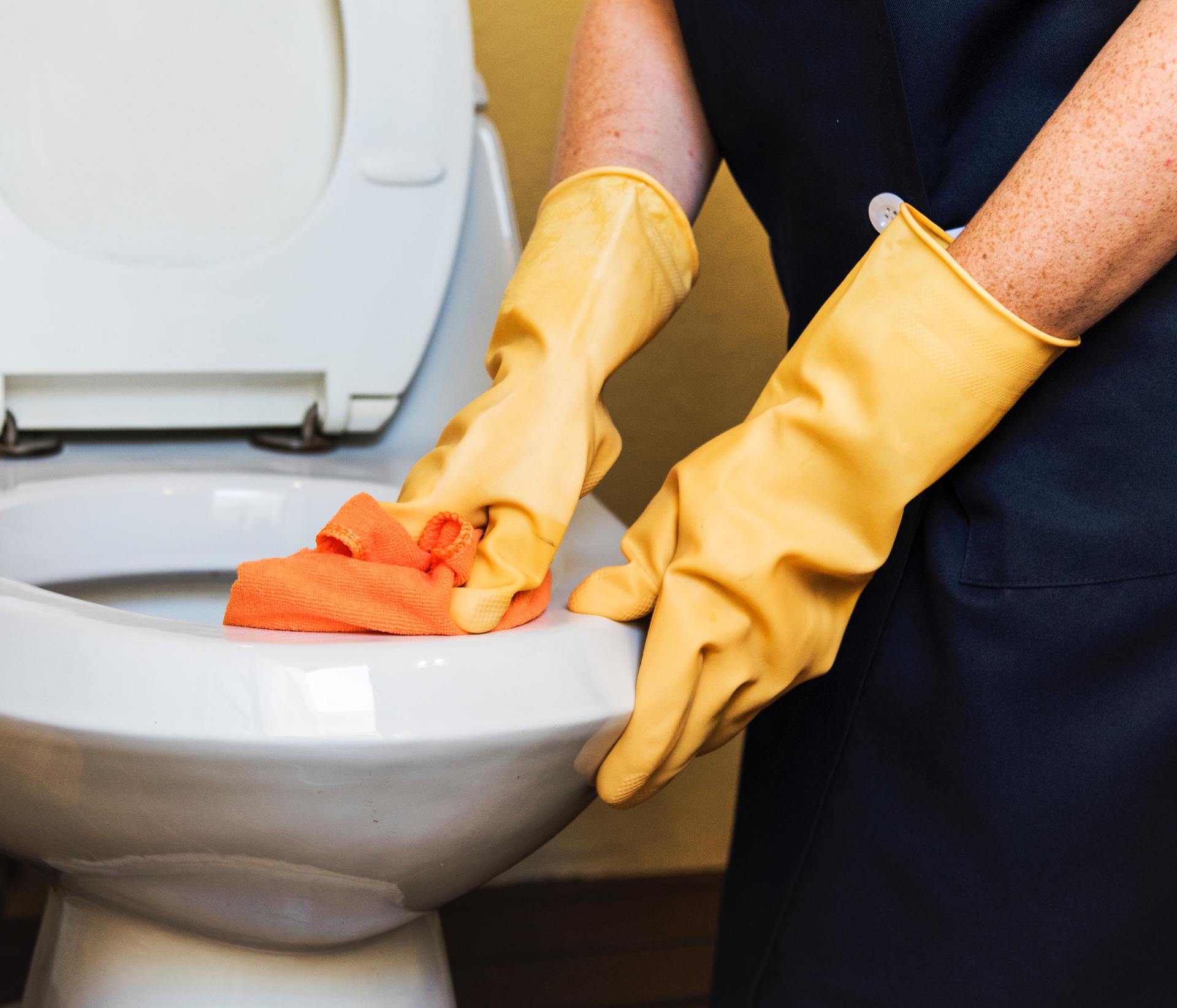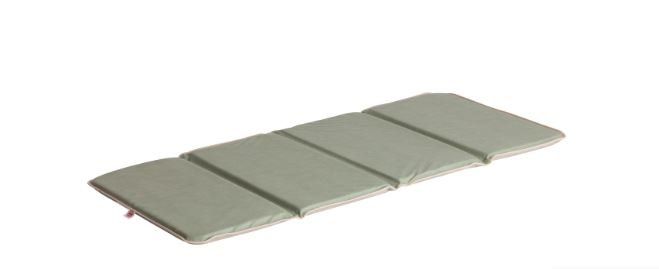Environmental Working Group 2009
Blog Owner • June 22, 2011
Cleaning supplies us ed in 13 large California scho ol districts release an
airborne brew of 457 chemicals, including a number that have been linked to asthma or cancer by state and federal
health authorities. Tests of 21 cleaners from these schools conducted for the Environmental Working Group found
that when used as directed, the products released 6 chemicals known to cause asthma, 11 contaminants that are
known, probable, or possible cancer-causing substances in humans, and hundreds of other compounds for which
there is little or no hazard information.
R. Sutton. Greener School Cleaning Supplies = Fresh Air + Healthier Kids
New Research Links School Air Quality to School Cleaning Supplies. Environment al Working Group,
(November 2009.)

Comprehensive longitudinal studies are important for understanding the complex risk factors, pathways, exposures and interactions that lead to the development and persistence of asthma. We aimed to examine associations between use of household cleaning products in early life and childhood respiratory and allergic disease using data from the Canadian Healthy Infant Longitudinal Development (CHILD) Cohort Study

Fragrance affects us all. For some, it can enhance a moment, invoke a memory, or even improve a mood. As consumers, we seek it out in all kinds of products we use in our everyday lives. And for many of us, there’s a positive sensory experience associated with fragrance. But unfortunately, this may not be without consequence.

America's Children and the Environment (ACE)
America's Children and the Environment (ACE) is EPA's report presenting data on children's environmental health. ACE brings together information from a variety of sources to provide national indicators and related information on the environment and children's health.










